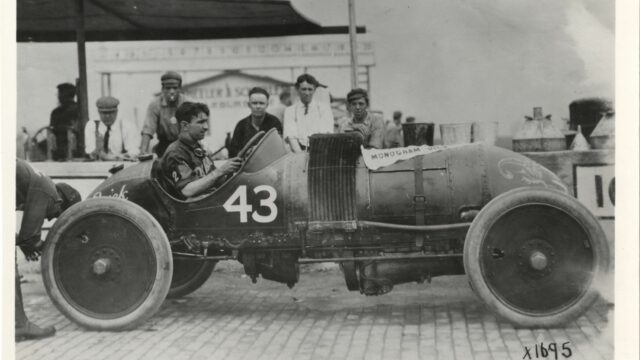Racing was a big deal during the dawn of the automobile
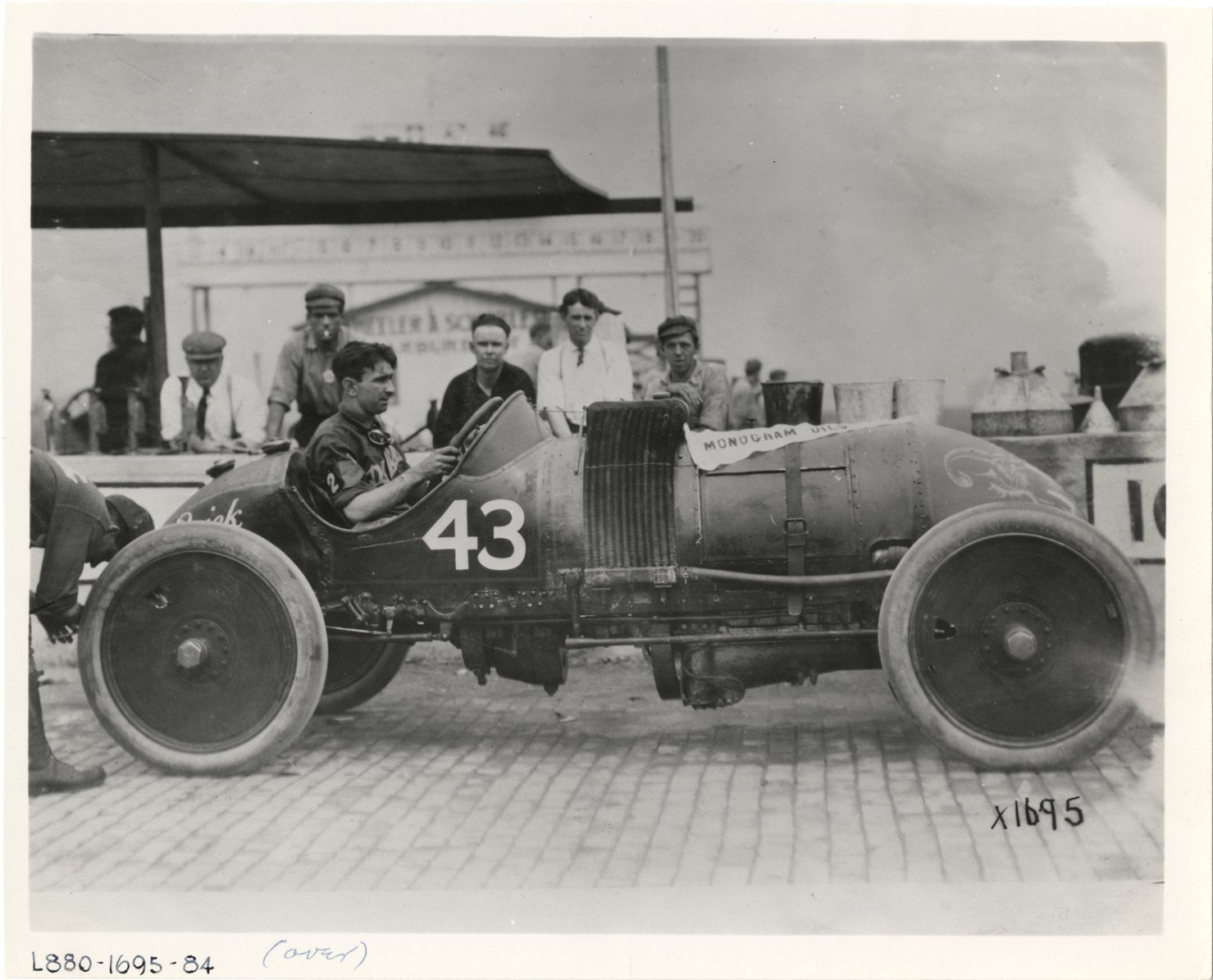

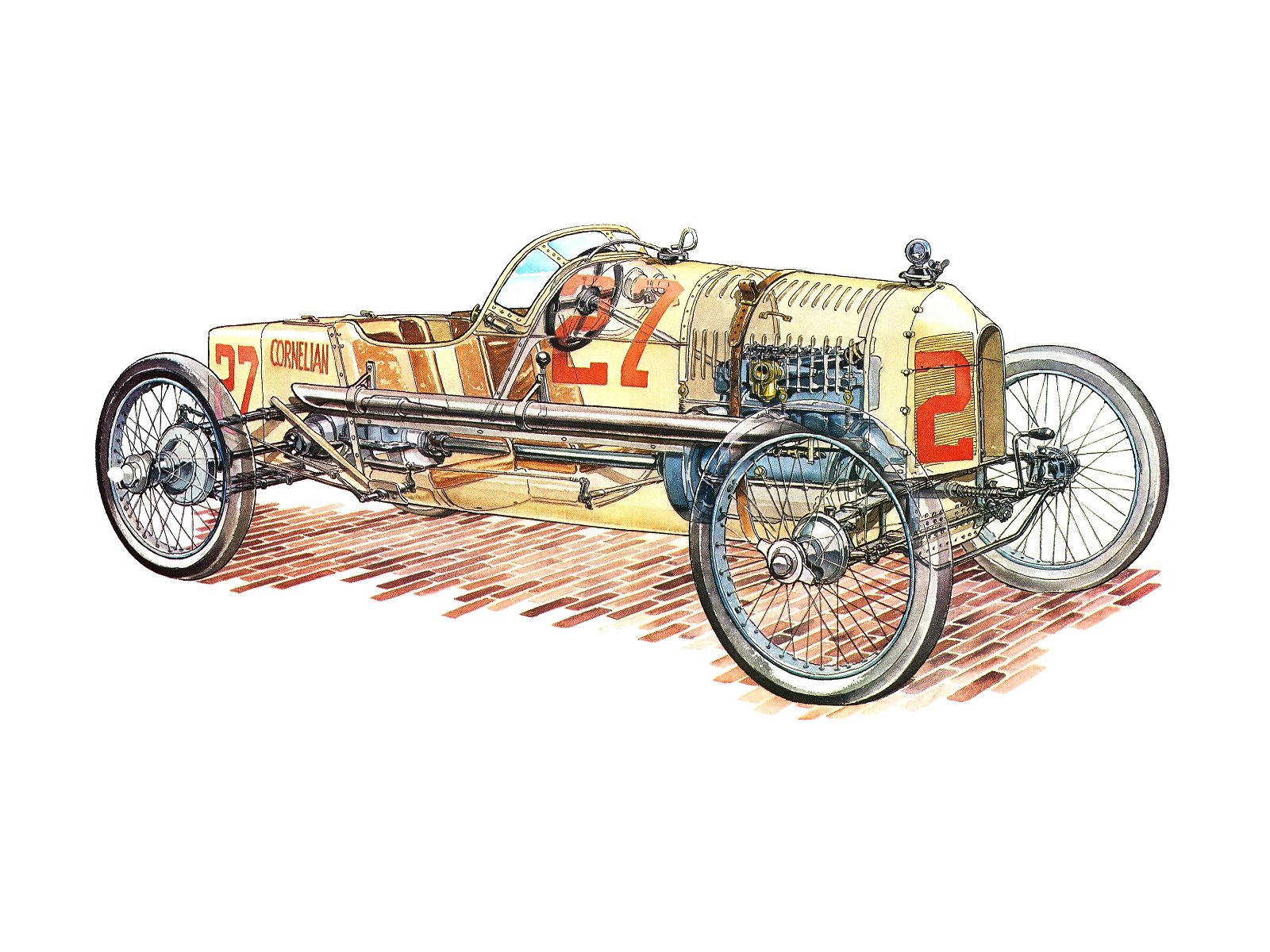
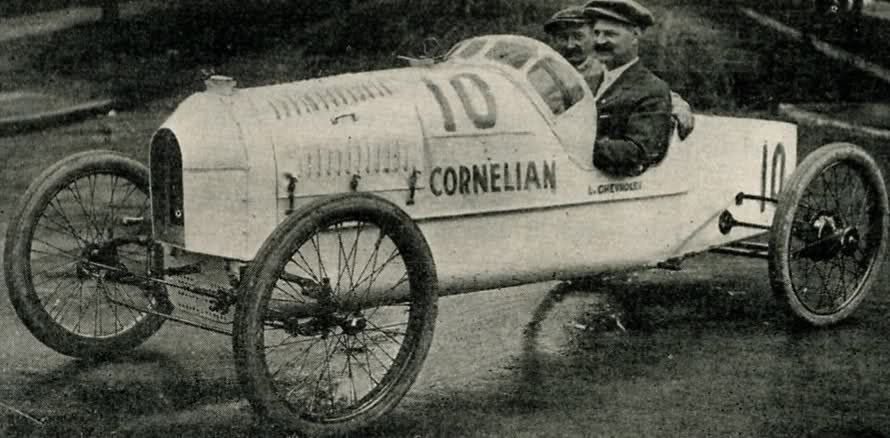
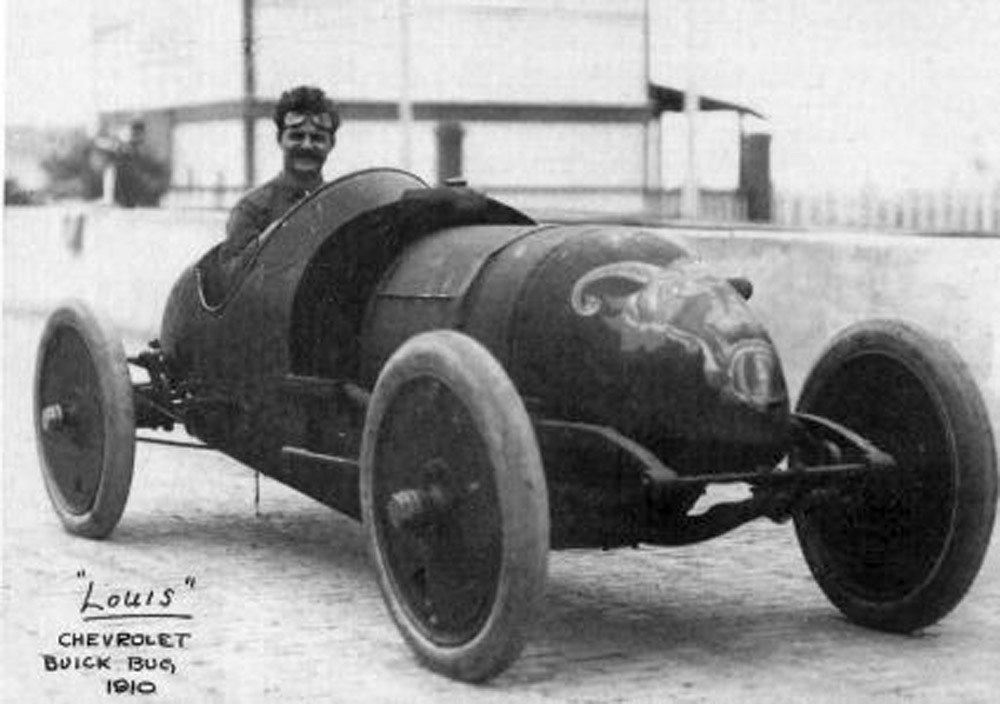
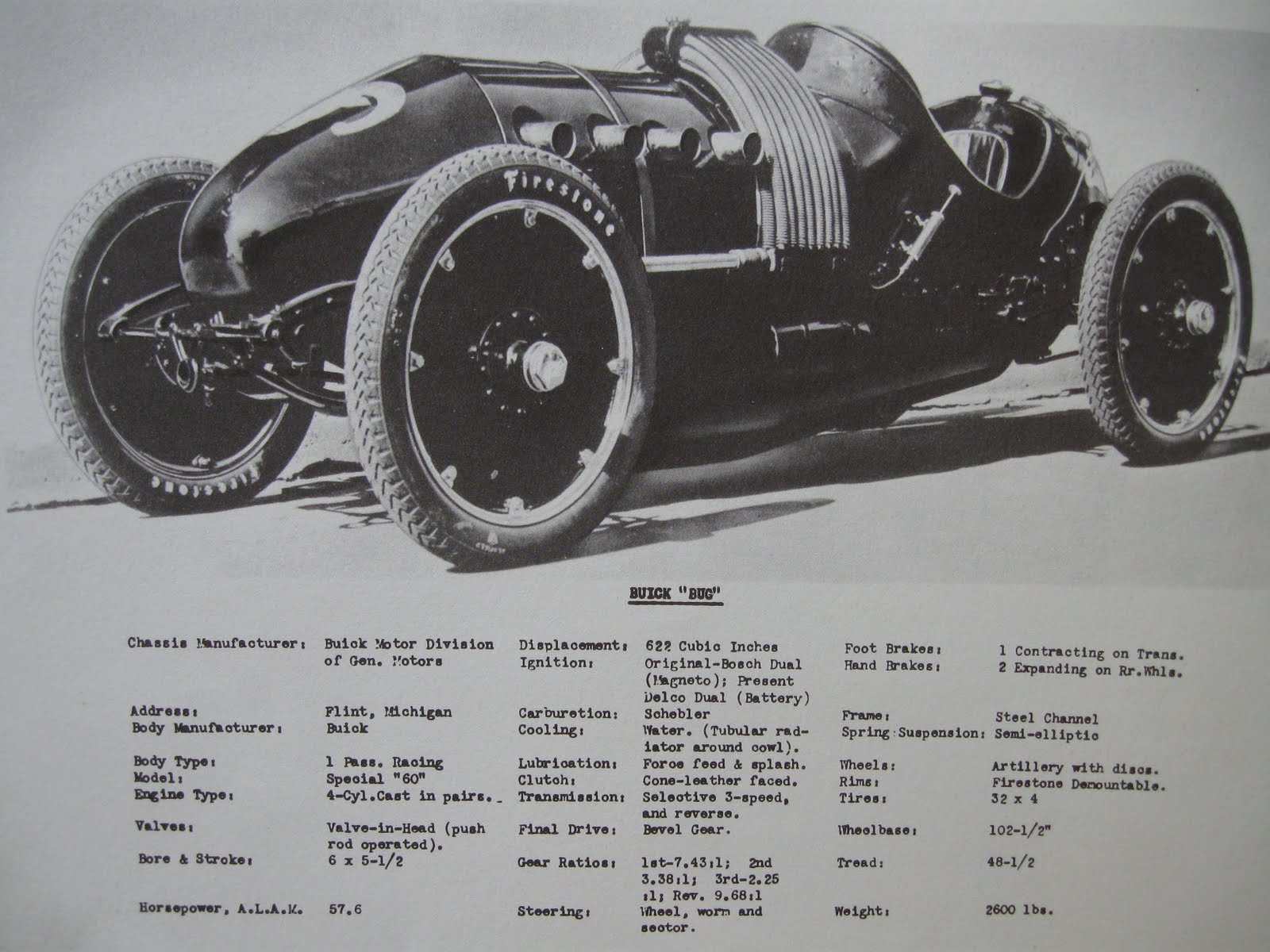
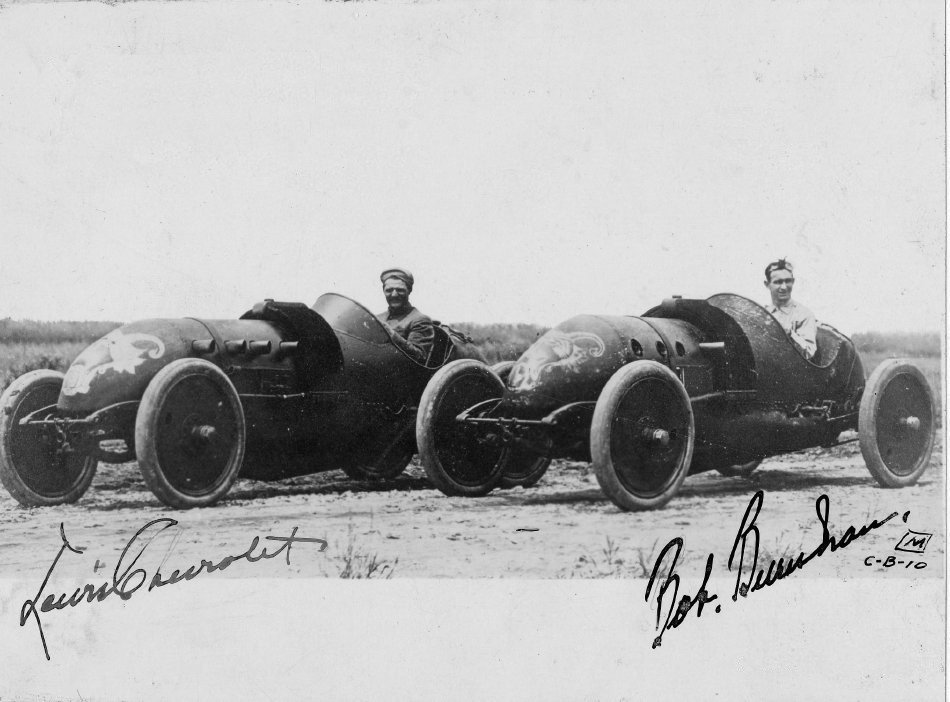
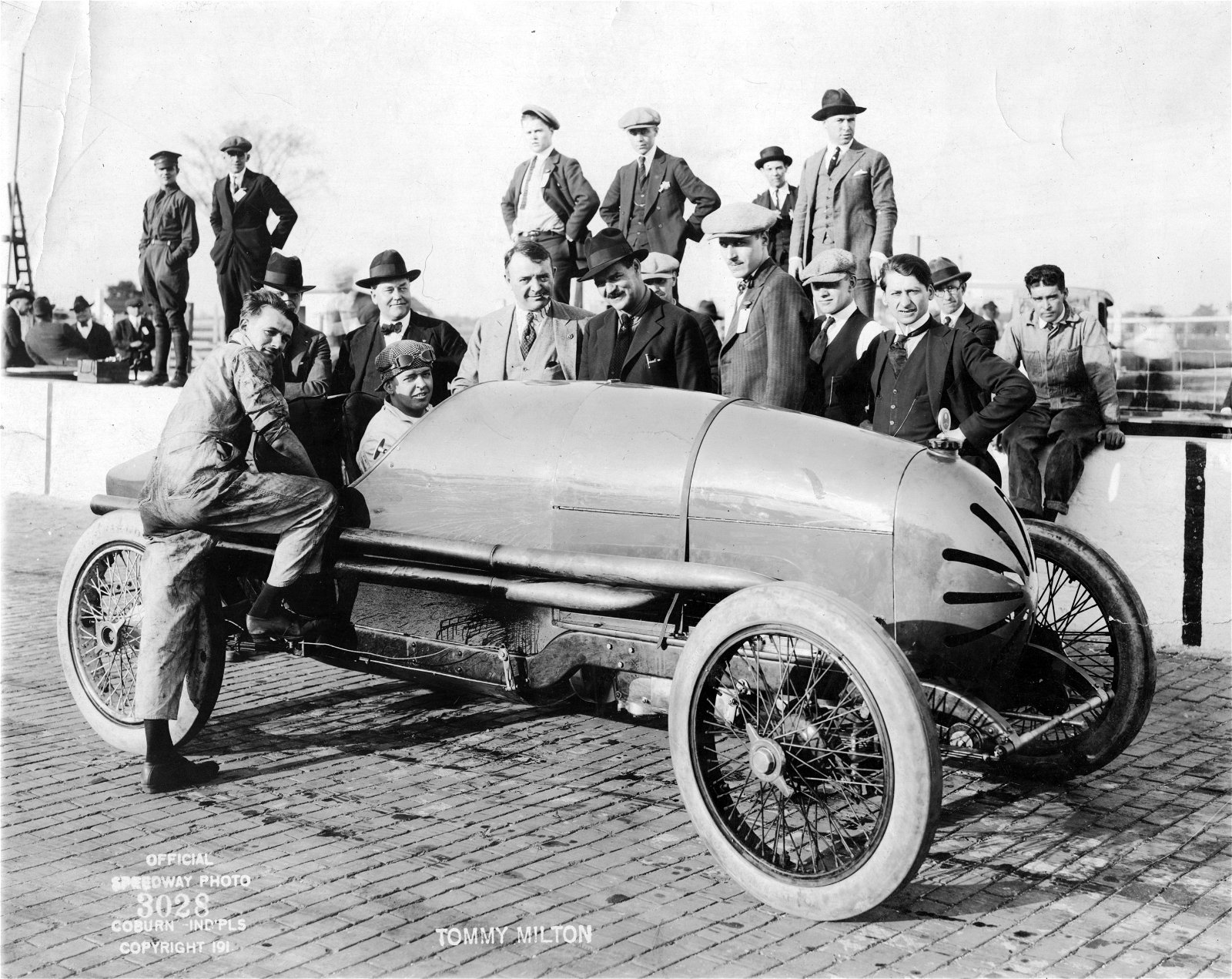
Born Louis-Joseph Chevrolet, the Swiss-American co-founder of Chevrolet Motor Car Company was also a skilled mechanic and racing driver.
Chevrolet's input shaped an extensive list of cars, but he didn't live enough to witness Chevy's most prolific cars on the road or the track.
However, the man's presence and know-how contributed to four classic race cars, with some of them being outrageously ahead of their time.
Without further ado and in no particular order, here they are:
1905 Darracq V8
Falling slightly behind The Beast of Turin regarding engine displacement, the Darracq V8 slammed a couple of speed records between 1905 and 1909. But those feats fade irreversibly in front of its 25.0-liter (25,442 cc) V8 which pumped out 200 hp.
With Louis Chevrolet behind the wheel, the Darracq V8 hit a top speed of 189.323 km/h (115.30 mph) on January 26, 1906, at Daytona Beach in Florida. No, 1906 is not a typo.
1914 Cornelian

The Cornelian was designed with racing in mind from the ground up by Howard E. Blood of the Blood Brothers Machine Company. It tipped the scales at 500 kilos, had chain drive, independent rear suspension, and a suicide front axle.
While building the car, Mr. Blood asked for Louis Chevrolet's help, who took the 1,700 cc four-cylinder Sterling engine and boosted its capacity but also streamlined the Cornelian's outer shell.
After the improvements, the car could reach 150 km/h, but its racing history was way shorter than anticipated due to a failed valve, which saw it and Louis Chevrolet retire from the 1915 Indy 500.
1910 Buick Bug

Partially designed by Louis Chevrolet, the Buick Bug started life under the Model 60 moniker. Just two units were ever built.
The sleek, bullet-shape aluminum body was propelled to a max speed of 180 km/h by a 10.0-liter (10,192 cc) four-cylinder engine. The driver sat in the middle of the cockpit, thus turning the Buick Bug into the first American-built single seater.
It was driven by both Louis Chevrolet and Bob Burman, but it had a deadly flaw: it was so narrow that it used to tip in corners negotiated at high speed, so the driver had to slow down a lot to avoid getting the Buick Bug belly-up.
1920 Frontenac

Unlike the Buick Bug, this was 100 percent Chevrolet's creation. Frontenac was the joint venture between the three Chevrolet brothers – Louis, Gaston, and Arthur which specialized in race-prepping Ford Model Ts.
The race car made a name for itself between 1916 and 1921, especially in front of its European rivals.
In typical Louis Chevrolet fashion, the car used various alloys and aluminum, solutions that helped it secure the 1920 500 Miles of Indianapolis race with Louis' brother, Gaston behind the wheel.
If you're keen on finding out more about the pioneers of America's car industry, you can also read our piece about Zora Arkus-Duntov, the man who is remembered as the godfather of the Corvette.
